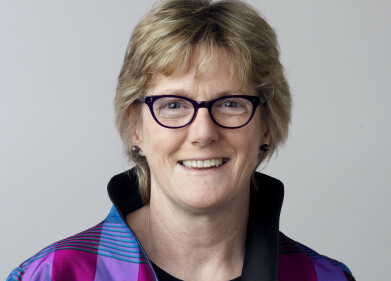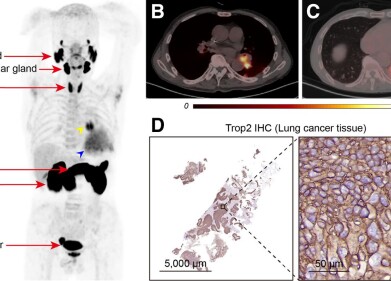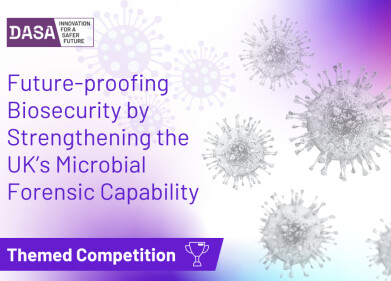News & views
Mapping Radiation Data in Japan
May 20 2013
Researchers from the University of Southampton have designed a tool to intelligently combine nuclear radioactivity data in Japan which became available after a magnitude nine Tsunami hit the North-East coast of Japan in March 2011, severely damaging the nuclear power plant of Fukushima-Daiichi. With radioactivity increases of up to 1,000 times the normal levels in the area of Fukushima with more than 488,000 people being evacuated from their homes, private individuals brought forward the unprecedented effort of deploying 577 Geiger counters across the country to help the public monitor the spread of the nuclear cloud. These sensors, mostly built using low-cost open hardware boards such as Arduino were able to stream radiation data in real time connected through the Cosm web platform. This crowdsourced sensor network, also known as the Cosm network, came to life in less than two weeks after the Tsunami, providing very relevant data to both official authorities and local citizens for monitoring the evolution of the disaster. The network has since been extended to 1,024 sensors contributed by organisations such as Safecast and the Ministry of Education, Culture, Sports, Science and Technology of Japan (MEXT). All together, the Cosm sensors provided more than 27 million readings since the day of the Fukushima disaster.
With feedback a key element to success with crowdsourcing projects, Matteo Venanzi, from the University of Southampton, developed the Japan Nuclear Crowd Map (JNCM), which combines all the sensor readings provided from Cosm, Safecast and MEXT.
“The platform automatically collects raw radiation data from the online sensors and uses a non-parametric Gaussian process model to fuse the data into a single radiation map over Japan. The estimates are then shown to the users as a heat map and an intensity map, showing the average radioactivity in each prefecture. The users can also search by postcode to find out the radioactivity in their neighbourhood based on the latest predictions,” he said.
Smartphones can also access the JNCM through an Android app developed by Yuki Ikumo, also from the University of Southampton: “JNCM aims to be one of the future technologies for disaster managements in which the large participation of people will play a crucial role in community-based sensing crowdsourcing environmental monitoring tasks,” he added.
Digital Edition
Lab Asia 31.6 Dec 2024
December 2024
Chromatography Articles - Sustainable chromatography: Embracing software for greener methods Mass Spectrometry & Spectroscopy Articles - Solving industry challenges for phosphorus containi...
View all digital editions
Events
Jan 22 2025 Tokyo, Japan
Jan 22 2025 Birmingham, UK
Jan 25 2025 San Diego, CA, USA
Jan 27 2025 Dubai, UAE
Jan 29 2025 Tokyo, Japan



















